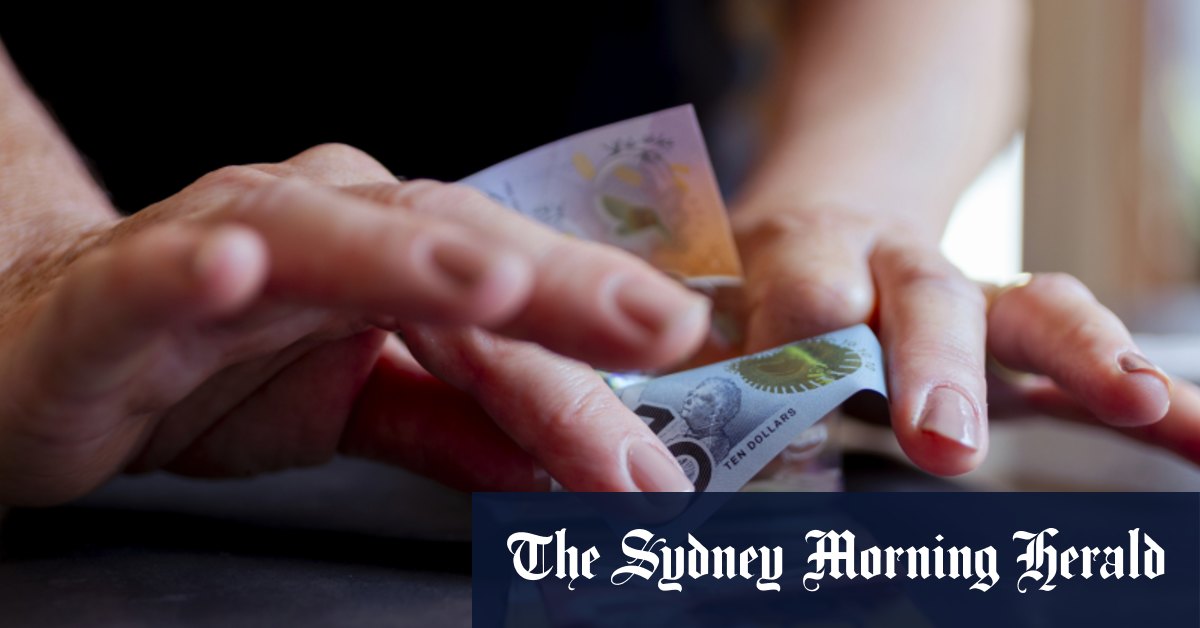Eliza Owen from CoreLogic.
“It’s been one shock after another,” Owen said.
That migration surge has eased, but the chronic lack of housing supply remains, which means rental inflation will remain high for some time even as there are signs it is beginning to slow.
Given advertised rent values tracked by CoreLogic peaked early last year, Owen said rent inflation (which is based off actual rent paid) potentially peaked in March.
“I think it will be a pretty slow, gradual turn in the market, and there’s not a whole lot that can be done to address it in the short term either,” she said.
The problems in the rental market had been years in the making, Owen said, and were driven by a combined reduction in public housing stock and a reduction in home ownership. That means more people on both ends of the income spectrum are competing for housing.
“This is a problem where the vulnerabilities in the rental market were building for decades. They revealed themselves through the pandemic, but unfortunately, they don’t get fixed overnight,” Owen said.
Insurance inflation has also bucked the overall trend of falling inflation, and instead accelerated to 16.4 per cent by the March quarter.
Large increases to home insurance have been the driver of insurance inflation, and Insurance Council of Australia chief executive Andrew Hall said the industry had been caught in a perfect storm of issues that have forced recent premium hikes.
The first is that the cost of reinsurance – essentially insurance for insurers – has risen dramatically due to global extreme weather events and reinsurers’ perceptions of the risks and risk management in Australia.
“Those [reinsurance] premiums were jumping sometimes between 20 and 30 per cent in one year,” Hall said.

The Insurance Council’s Andrew Hall says Australia needs to focus on mitigation to keep premium increases at a minimum.Credit: Alex Ellinghausen
The second issue is the relatively recent spate of flooding across Australia. Third, the building and construction shortages that have affected the country’s housing supply have also affected insurers – by driving up the cost of rebuilding flood-destroyed properties by upwards of 20 per cent in some parts of the country.
“All that has to get factored into your premium because your premium is based of calculation of rebuilding your home if the worst happens,” Hall said.
Because premiums are renewed annually, the full impact of those issues has only recently taken effect.
Loading
Hall said home insurance inflation should ease, but in the longer-term the country needed to focus on mitigation to keep premium increases at a minimum.
“We really need to have a plan for it because when we have these bad, wet years, everybody is paying as a result,” he said.
The government’s tax cuts kicked in on July 1, which means workers will start receiving more money each week starting soon.
Treasurer Jim Chalmers said came on top of the energy bill relief that every household would get this financial year, as well as the minimum wage increase.
“We recognise that people are under the pump, and we’re doing something about it,” Chalmers said.
On Saturday, Opposition Leader Peter Dutton championed as a cost-of-living policy the Coalition’s plan to increase fines and threaten to break up the major supermarkets for anticompetitive behaviour.
“[It] provides an improvement to competition, and it will see a change in the behaviour of big supermarkets,” Dutton said.
But inflation for most grocery products has continued to fall already, and Gadsby, the EY economist, said services inflation presents the greatest risk that inflation could remain outside the central bank’s target range for too long.

